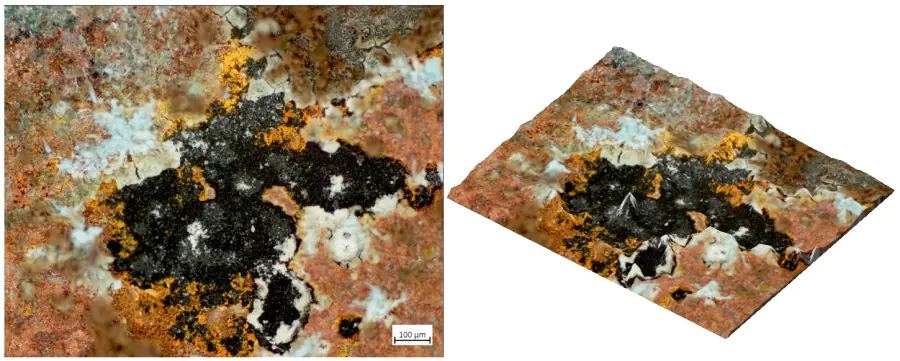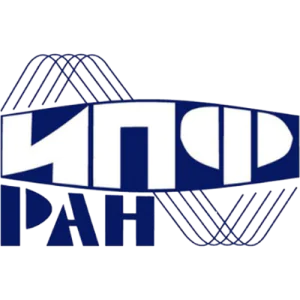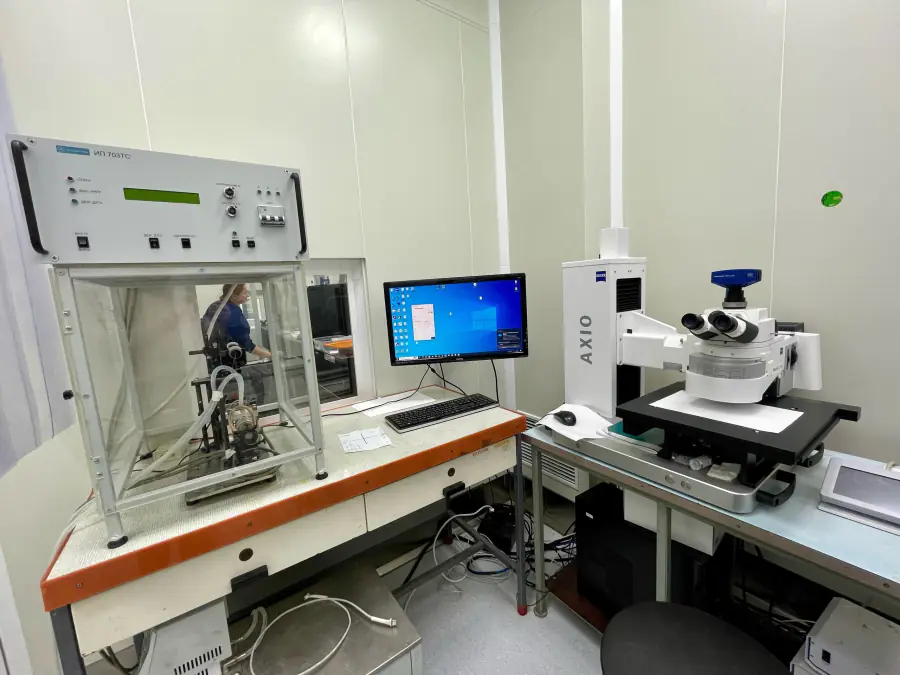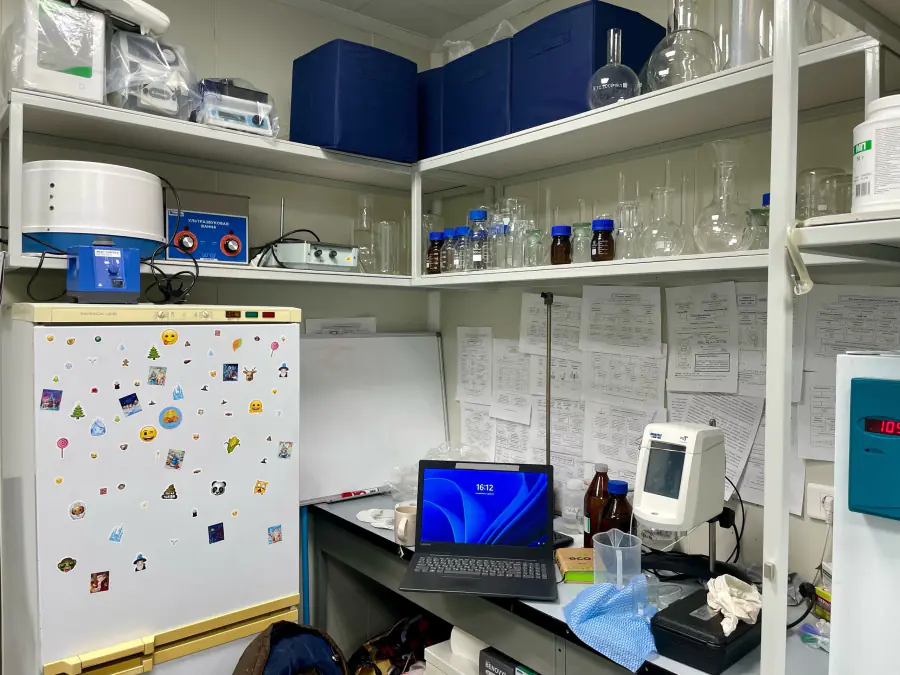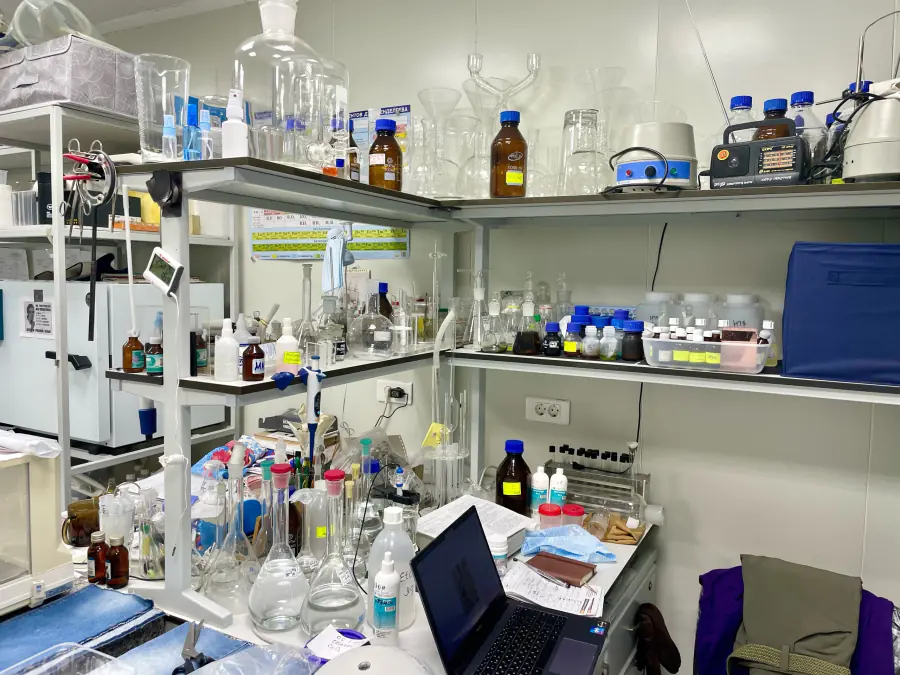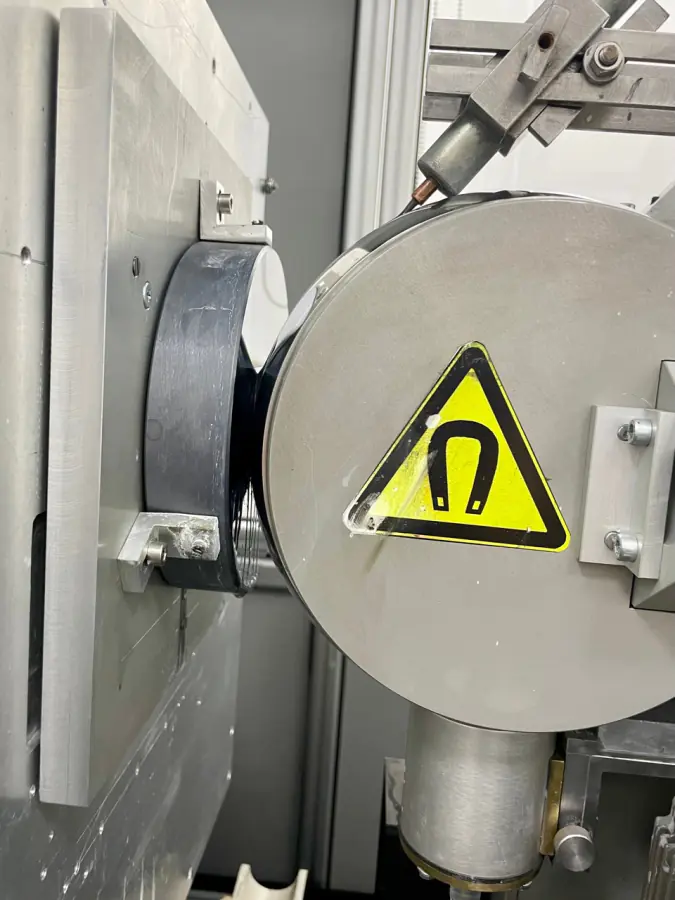Laboratory of Physical and Chemical Research of Optical Materials
Sergey N Belyaev
Competencies and directions of scientific and technological activities of the laboratory:
- Processing of optical elements. Production: - substrates of laser mirrors and windows (made of K8, TF glass and fused quartz); - lenses (convex, concave, meniscal); - prisms of various types (rectangular, pentaprisms, Dove, etc.); - polarization optics (phase plates, rotators, Glan prisms); Grinding and polishing: -active elements (Nd:YAG, Yb:YAG, Yb:CaF2, Y2O3, TGG, KTP, ILF, etc.); - magneto-optical glasses; - water-soluble crystals for Pokkels cells and multiplication elements; - semiconductor materials (Ge, Si).
2. Magneto - rheological treatment. MR polishing allows the removal of the thinnest layers of the substance without destructive deformation effects on the treated surface, therefore, this method can be effectively used for polishing thin films and layers of nanometer thickness. The goals of scientific research in the field of magnetic rheology:
- Development of the MRC formulation.
- The study of the physico-chemical bases of controlled removal of material from the surface of the OE in the process of magnetorheological processing (optical, atomic force, scanning electron microscopy).
- The study of the physico-chemical bases of washing the surface of the OE after MR treatment in order to remove physically and chemically sorbed contaminants.
- The study of the factors determining the surface roughness of the OE. Finding ways to reduce it. Study of topography (construction of diagrams of irregularities) and morphology of the surface of the OE.
- The possibility of combining MR processing with chemical and mechanical polishing of the surface of semiconductor materials, glass, quartz, etc.
- To study the factors influencing the reduction of surface and subsurface damage during MR treatment.
3. Chemical synthesis of organic and inorganic compounds. A technique has been developed for the production of an organic green-colored electroluminophore of tris-(8-hydroxyquinolinate) aluminum (Alq3), which is one of the most widely used compounds in OSID technology (organic light emitting diodes, Organic Light Emitting diodes, OLED). Based on it, new highly efficient light sources and information display devices are being developed.
4. Obtaining nanomaterials and studying their properties. Obtaining coatings based on graphene-like materials and studying their physico -chemical properties. Research development plan:
- Production of new functional coatings with special properties based on graphene oxide, graphene and graphene-like materials.
- As part of the development of renewable energy: production of optically transparent coatings based on graphene-like materials for the development of solar panels.
- The use of two-dimensional graphene-like materials in the field of biomedical applications: the possibilities of in vivo monitoring of the body's condition, directed stimulation and high-precision recording of the activity of brain neurons.
- Clinical diagnosis and development of biosensors based on graphene-like materials. Development of methods for the detection and registration of biomarkers based on the effect of giant raman scattering on graphene nanoparticles.
- Graphene consumers are developers of new types of batteries, heat- and electrically conductive paints, polymers and inks.
5. Coatings and films.
Vacuum spraying:
- anti-reflective coatings for one or more wavelengths, including broadband
- highly reflective coatings, including those with a given reflection coefficient
- filters (cutting, band-pass, narrow-band), spectrum separators
- beam-splitting coatings, including non-polarizing ones
- polarizing coatings
Sol - gel technology:
- water-repellent coating
- metallized coating
- anti-glare coating
- reinforcing coating
6. Biocorrosion and bio-damage of materials and components of electronic equipment. The study of biocorrosion of aluminum, copper, nickel, titanium and their alloys.
7. Investigation of volume absorption in crystals by the interference method.
The method has a high resolution (> 200 microns) and allows precision detection of inhomogeneities (defects) in the crystal volume.
- Scanning electron microscopy (SEM)
- Electrochemical research, including operando diffraction and spectroscopic experiments
- Atomic Force Microscopy (AFM)
- Microscopy
- Electrochemistry
- Various methods for the production of biomaterials/biocomposites, supramolecular complexes and sols of nanoparticles.
- 3D and 4D printing
- Liquid-phase method of synthesis of nanomaterials
- Thin-layer chromatography
- UV spectroscopy
- UV-vis absorption spectroscopy
- Viscosimetry
- Raman spectroscopy
- Optical microscopy
- X-ray phase analysis
- Electron microscopy
- Interferometry
Research directions
Electrochemistry
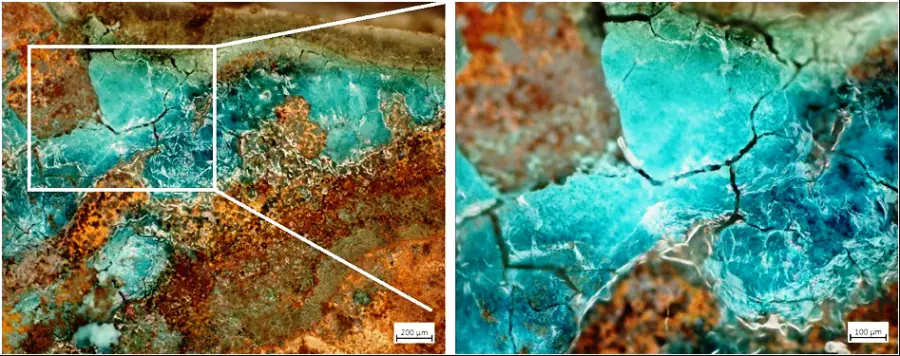
Nanomaterials
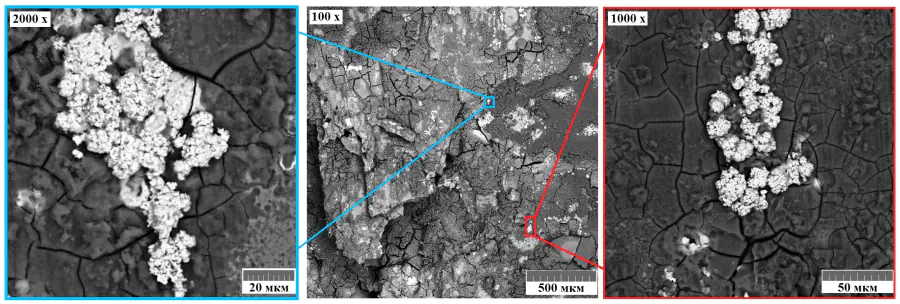
Biocorrosion of metals
